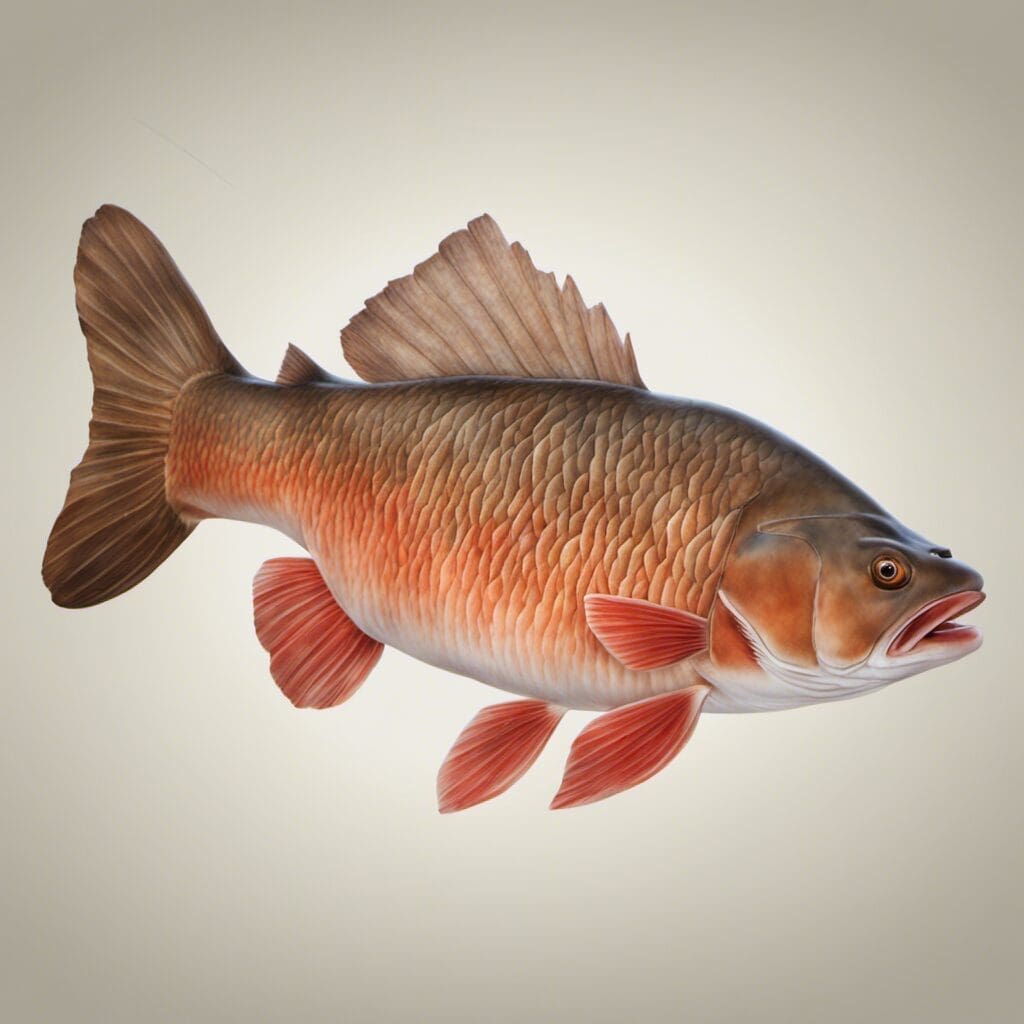Introduction
The Greater Redhorse (Moxostoma valenciennesi) is a captivating member of the Catostomidae family. This distinctive species is remarkable both for its size and its unique coloration.
Conservation Status
The Greater Redhorse’s current conservation status is “Least Concern” according to the International Union for Conservation of Nature (IUCN). Efforts to preserve the population include ongoing monitoring and habitat protection.
Statistics
| Statistical Information | Average | Range |
|---|---|---|
| Length | 50 cm | 30-76 cm |
| Weight | 2 kg | 1-3.6 kg |
| Average Lifespan | 18 years | N/A |
Distribution
The Greater Redhorse populates several regions spanning from Canada to Northern USA. Migration patterns are typically associated with seasonal water temperatures and spawning periods.
Habitats
The Greater Redhorse is adapted to freshwater habitats with a depth range of shallow to moderately deep levels. They can sustain variable temperature ranges but normally opt for moderate to mildly cold water.
When and Where to See
Fish enthusiasts most frequently spot the Greater Redhorse during the late spring and early fall months, often during the daytime.
Best Fishing Locations
- Mississippi River, USA
- Saint Lawrence River, Canada
- Lake Champlain, USA
- Red Cedar River, USA
- Chippewa River, USA
- Rouge River, Canada
- Otter Tail River, USA
- St. Croix River, USA
General Tips
Look for areas with gravel or rock bottom substrates in rivers during spring for the best chances to encounter Greater Redhorse.
How to Catch
Live bait or lures, such as worms, are commonly used when fishing for Greater Redhorse. Fly fishing, trolling and bottom fishing are all techniques embraced by anglers. The best time to catch them is usually during the spring spawning season.
Identification Guide
Notable for their coppery-brown or golden-olive color, the Greater Redhorse also possess a distinctive red tint in their caudal fin. Their body is moderately elongated and is marked by large scale patterns.
Culinary Information
Although not a conventional choice for many, the Greater Redhorse delivers a firm, mildly sweet flavor, making it a delicious option for a variety of fish cuisines.
Additional Information
The Greater Redhorse are generally bottom feeders, primarily consuming insects, invertebrates and small fish. As a prey item, they are targetted by larger fish species and birds. However, the most prevalent threats come from habitat degradation and pollution caused by human activities.
References and Further Reading
- IUCN Red List – Greater Redhorse
- USGS – Greater Redhorse
- FishBase - Greater Redhorse

